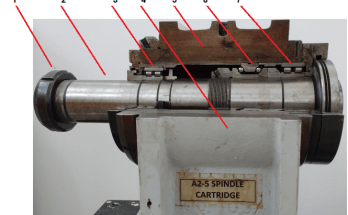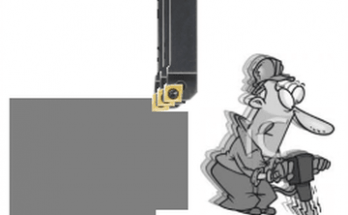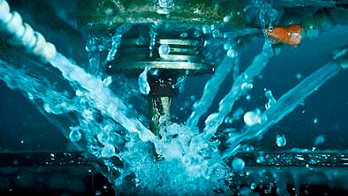CNC – Why Gray Cast Iron is used in machine tool parts
Vibration in machine tools causes poor part accuracy and surface finish, and leads to accelerated failure of parts like bearings. It is therefore important that a large part of the machine is made of materials with high vibration damping capacity, to reduce the amplitude of the vibrations. Damping is the conversion of mechanical energy into heat (remember the energy conservation mantra “Energy cannot be created or destroyed. It can only be converted from one form to another” ? ).
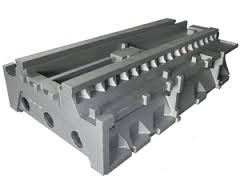
Gray Cast Iron has extremely high damping capacity, and is therefore the preferred material for machine tool beds, tables, columns, etc. (as also engine cylinder blocks, for the same reason). You can see its damping capacity compared to other materials in the graph below.
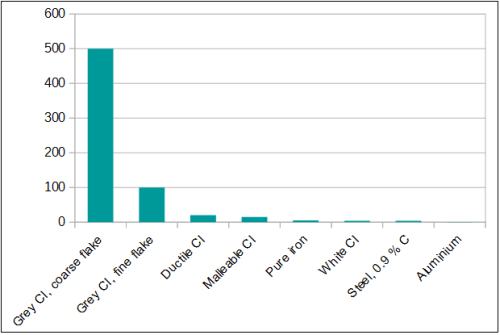
The damping behaviour is because of the large graphite flakes. Gray CI is easily machinable as it tends to crack easily across the graphite flakes that have poor strength. The carbon in Gray CI is in the uncombined graphite form, while in White CI it is in the combined Cementite (Iron Carbide) form.

Gray cast iron, flake graphite iron and flake graphite cast iron all refer to the same material. Graphite is the same stuff that’s in pencils, by the way.

Transform production and profits dramatically, in just a few months.
With a CNC machine monitoring system.
Etc
A dance that’s actually work
I saw a really vigorous and fun dance called the Dabke in Lebanon some time ago, at a wedding party. The music is very simple, there’s a small group of people dancing in a circle, and it involves a lot of stomping of the feet.

Pic. source: http://www.ananasa.com/blog/traditional-arabic-folk-dance-dabke/
Here’s a video of a Dabke dance at a wedding, something like what I saw in Beirut.
It turns out that the dance was originally work. It originated when houses had stone walls and a roof made of wood, straw and mud. The mud roof had to be compacted uniformly before it dried, and this was done by people stomping on it repeatedly. It wasn’t something that could be done by the house owners themselves, so neighbours got together to help, by stomping it in a group (doubtless fortified by the local tipple Arak). The dance evolved as a way of adding fun to the monotony of the work.
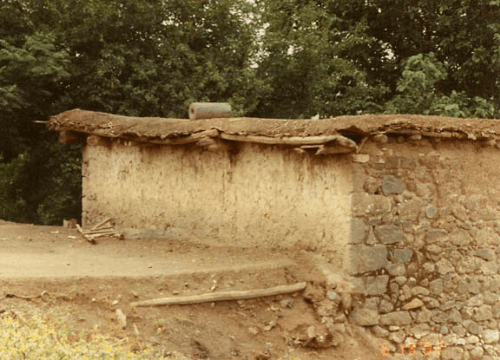
A wood-mud-straw house. Pic. source: http://www.galenfrysinger.com/antioch_turkey.htm
Dabke is common to the region called the Levant – Lebanon, Jordan, Iraq, Syria and Palestine.
